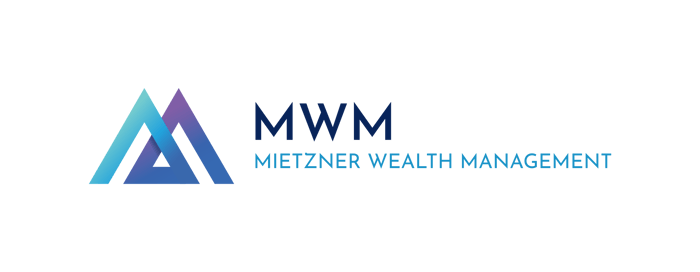Why a Backdoor Roth IRA May Be the Smartest Move You Can Make
For high-income earners, building tax-efficient retirement savings becomes more complicated the more you make. One of the smartest and most underutilized strategies for those who exceed income limits for Roth IRA contributions is the Backdoor Roth IRA. If you're unfamiliar with the mechanics or the reasoning behind it, here's a breakdown of why this strategy exists and who it benefits.
Jared Mietzner, CFP®
6/30/20253 min read


The Problem: Income Limits Block Traditional Retirement Contributions
Traditional IRA Deduction Phase-Outs
The IRS imposes income limits on whether you can deduct contributions to a Traditional IRA, especially if you or your spouse are covered by a workplace retirement plan.
For 2025:
Single filers: Deduction begins to phase out at $77,000 and is eliminated at $87,000
Married filing jointly (with workplace coverage): Phase-out starts at $123,000 and ends at $143,000
Once your income exceeds these thresholds, you can still contribute to a Traditional IRA, but you lose the tax deduction, making it a less attractive option.
Roth IRA Income Limits
Roth IRAs have their own income eligibility limits. For 2025:
Single filers: Eligibility phases out between $146,000 and $161,000
Married filing jointly: Phase-out range is $230,000 to $240,000
Once your modified adjusted gross income (MAGI) exceeds those limits, you cannot contribute directly to a Roth IRA at all.
The Solution: The Backdoor Roth IRA
The Backdoor Roth IRA strategy is designed to work around these income limitations.
Here’s how it works:
Contribute to a non-deductible Traditional IRA (since you don’t qualify for the deduction anyway).
Convert that contribution to a Roth IRA, ideally shortly after the deposit so there's minimal gain to be taxed.
This process allows high-income earners to legally fund a Roth IRA even when they're otherwise ineligible.
Contribution vs. Conversion: Know the Difference
It’s important to distinguish between two types of Roth IRA funding: contributions and conversions.
Roth Contributions
Subject to income limits
Can be withdrawn at any time, tax- and penalty-free
Earnings must remain in the account until age 59½ and for at least five years to avoid penalties
Roth Conversions
No income limit
Trigger taxes on any pre-tax amounts converted
Must remain in the Roth IRA for five years, even if you’re over age 59½, to avoid penalties on the converted amount
(This is known as the five-year rule for conversions)
In other words, you can tap your Roth contributions freely, but converted funds are locked for five years—even if you retire early.
Why It Matters
The Backdoor Roth IRA offers long-term benefits:
Tax-free growth and withdrawals in retirement
No required minimum distributions (RMDs), unlike Traditional IRAs
A powerful tool for legacy and estate planning, especially since Roths can grow tax-free over your lifetime and your heirs’
It’s not for everyone, and the IRS’s pro-rata rule can complicate things if you have other pre-tax IRA balances. But for many high-income earners who are otherwise locked out of Roth benefits, it can be an elegant and legal workaround.
Final Thoughts
If you’re above the income thresholds and looking to grow after-tax money in a tax-free account, the Backdoor Roth IRA is one of the few remaining planning levers available. Done correctly and with awareness of the holding rules, it can become a core part of your long-term retirement strategy.
Disclosures:
The information provided herein is intended solely for general informational purposes and should not be interpreted as personalized investment advice or an individualized recommendation. Investment strategies discussed may not be appropriate for every investor. Each individual should carefully evaluate any strategy in light of their unique financial situation before making investment decisions.
All opinions expressed are subject to change without notice in reaction to shifting market conditions. While data presented may come from third-party sources believed to be reliable, Mietzner Wealth Management cannot guarantee its accuracy, completeness, or reliability.
This content is general in nature and is not intended to provide specific legal, tax, or investment advice. Tax regulations may change, potentially with retroactive effect. For advice tailored to your individual circumstances, consult with qualified professionals such as a CPA, financial planner, or investment advisor before acting on any of the information provided.
Nothing in this material should be interpreted as a commitment to lend. All loans are subject to credit approval, property approval, and applicable terms and conditions.
Please consult your tax advisor to determine the deductibility of interest payments on a home equity line of credit based on your personal tax situation.
All investments involve risk, including the potential loss of principal.
Get in touch
Address
800 W El Camino Real, Ste 180
Mountain View, CA 94040
Contacts
408-786-5566
contact@mietznerwm.com
© 2025. All rights reserved.
Investment Advisory Services offered through Mietzner Wealth Management, LLC, a California Registered Investment Advisor.
